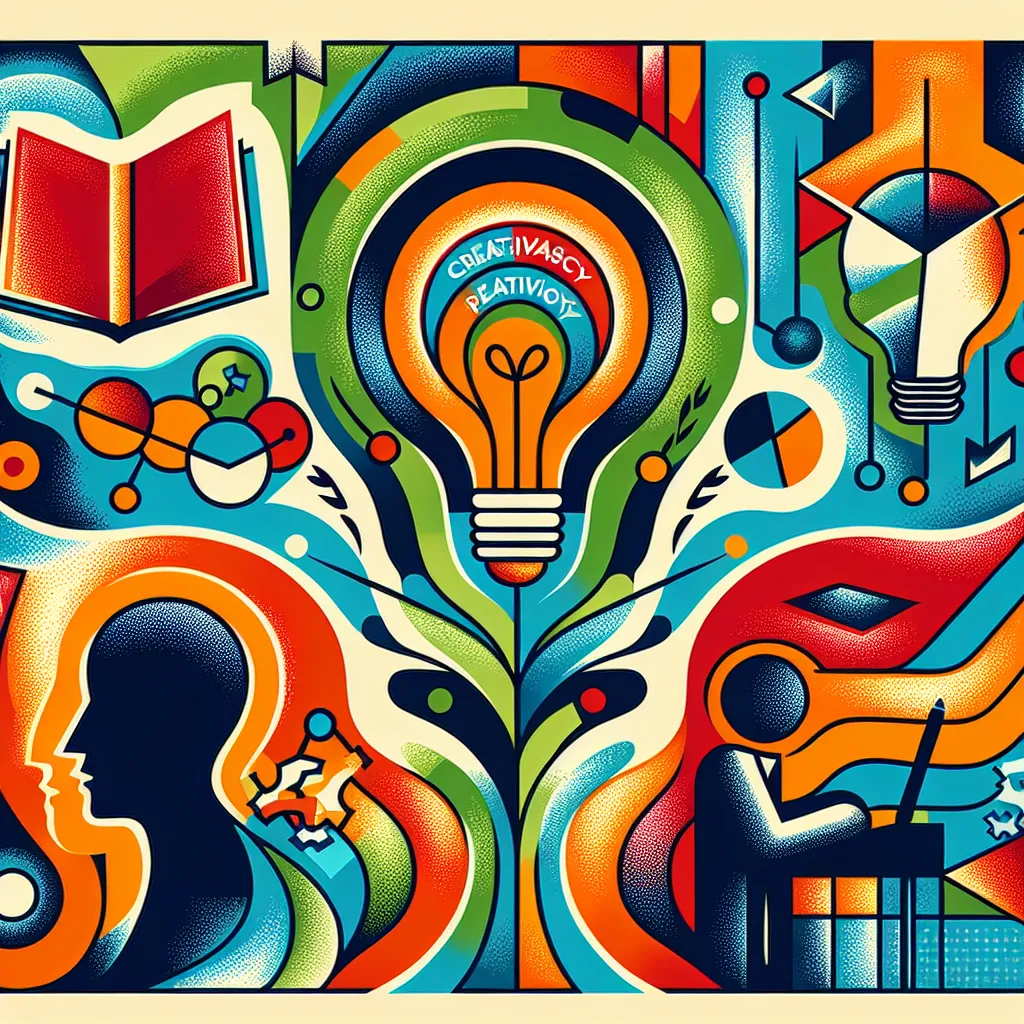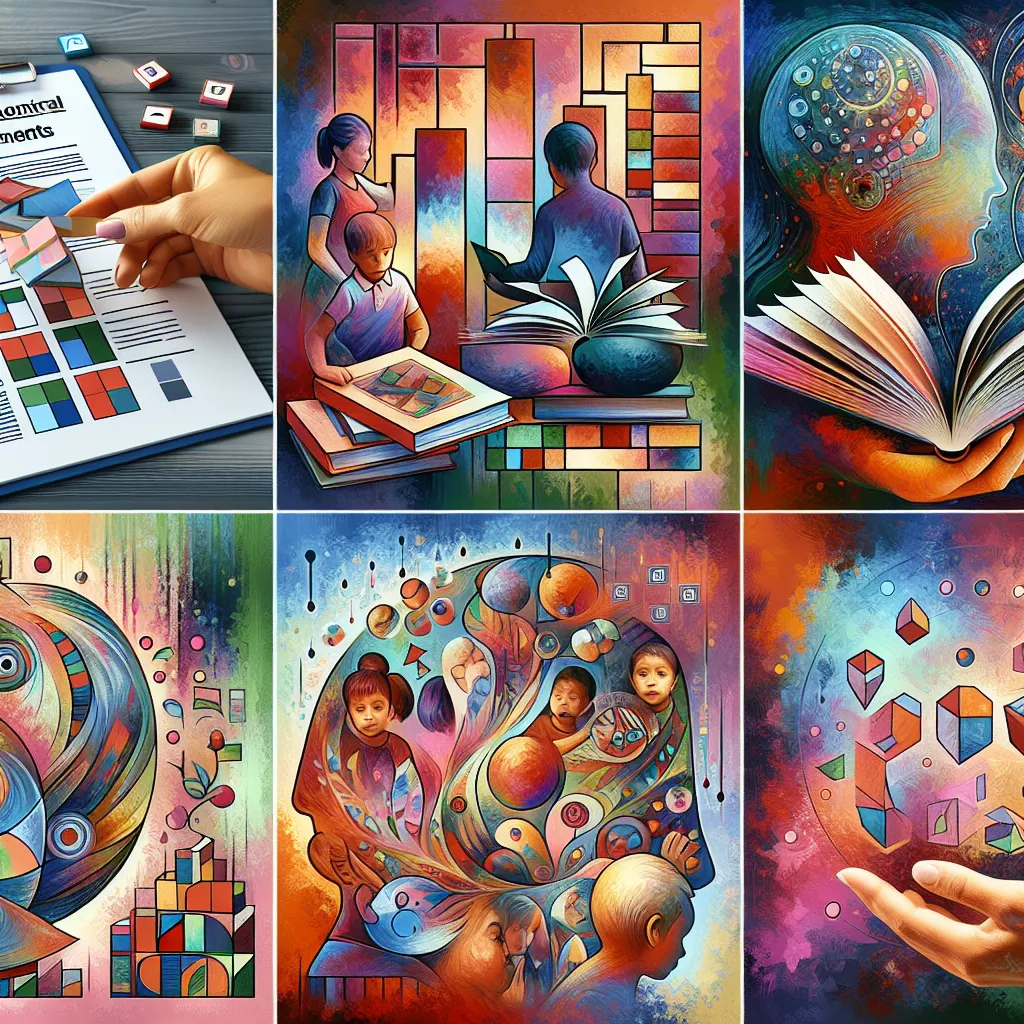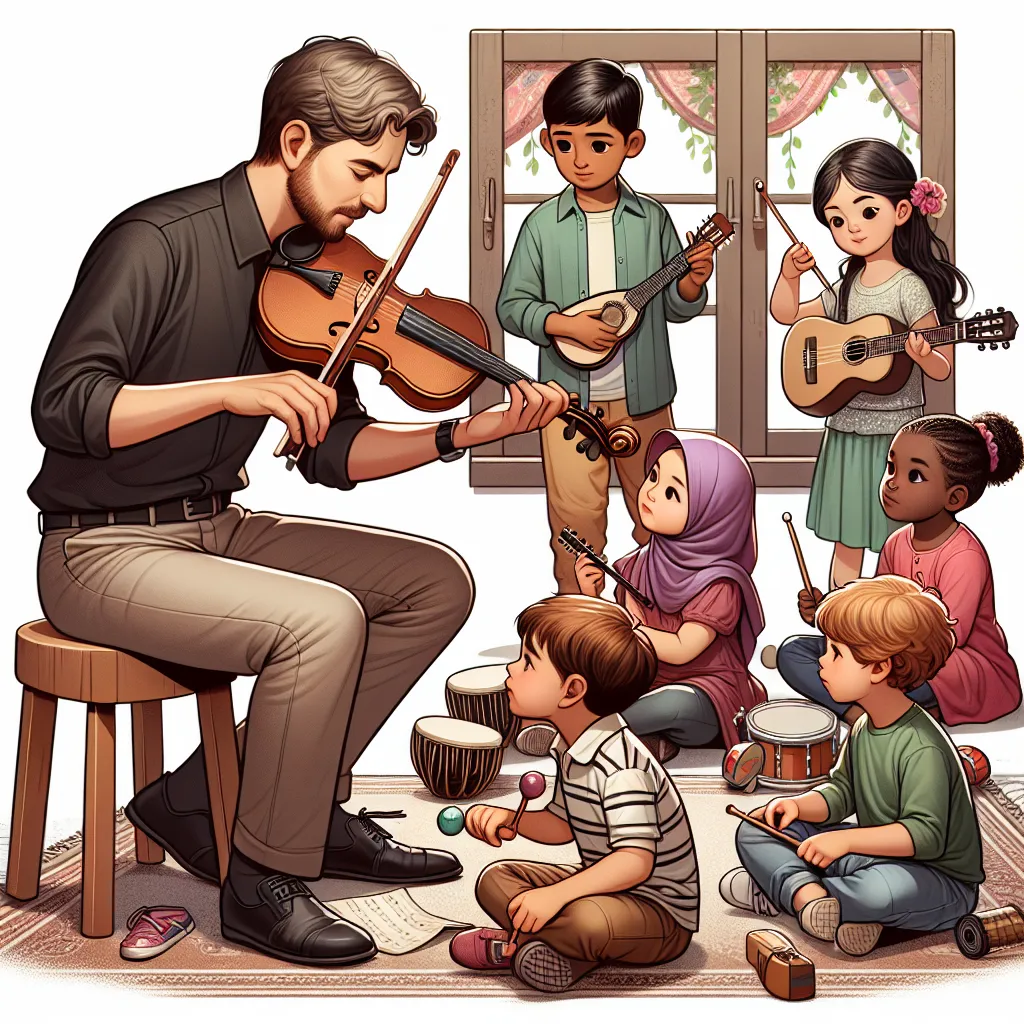Ask AI on The Internet
Question: Section A (20) Question 1 1. In your own words explain what you understand about the concepts below: Support your explanation with examples. 1.1. Formal language 1.2. Didactics 1.3. Genres 1.4. Explicit learning 1.5. Incidental learning (10) Section B (40) Question 2 2.1 Discuss any five of Carol Read’s pillars of creativity. (10) ENC1501/ASSESSMENT 5/2024 3 Section B Question 3 Read the article Multimodality and Literacy in School Classrooms written by Carey Jewitt (2009) and then answer the question that follows. 3.1. Briefly analyse the following key themes that draw on multiple and multimodal literacies: a) Pedagogy (5) b) Design (5) c) The new literacy worlds of students (5) (15) 3.2 Mrs Zaza wants to teach an interesting story to her grade 1 learners. She doesn’t know which one to choose and is confused. Her HOD advises her to use different aspects of texts in order to get the best story for her learners. Advise Mrs Zaza on how best she can examine five aspects of a text that needs to be implemented before choosing the relevant story. (25) Section C (40) Question 4 4.1 Create a comprehension short story that you will read to your grade 2 learners during reading class. Your story should have the following aspects: Topic Introduction Body Conclusion (15) 4.2 Use the above story to Design a lesson that you can teach in grade 2 using multi modes. It should involve four language skills which are Reading, Writing, Speaking, and Listening. Use at least three of the following resources in your lesson: • Recorded text, radio, or cellphone (choose one) • Television (optional) • Pictures (graphics) • Written texts • Real objects • Physical activity – dramatise/play (20) 4.3 Critically explain in a paragraph of ten lines how would you go about assessing the above lesson. (5)
Sure, let’s break down the questions in the different sections and provide detailed explanations and answers. ### Section A #### Question 1 1. **Explanation of concepts:** **1.1 Formal language:** Formal language refers to a style of communication that is used in professional and academic settings. It follows conventional rules of grammar, syntax, and vocabulary. It's often devoid of slang, contractions, and colloquialisms. An example would be a research paper or a formal letter. **1.2 Didactics:** Didactics is the art and science of teaching. It involves the strategies, methods, and techniques a teacher uses to facilitate learning. For instance, didactic teaching can include lecture-based instruction, discussions, and interactive activities. **1.3 Genres:** Genres are categories of artistic works based on a set of stylistic criteria. In literature, genres include fiction, non-fiction, poetry, drama, etc. For example, a mystery novel is a genre of fiction that typically involves a detective solving a crime. **1.4 Explicit learning:** Explicit learning involves conscious awareness of what is being learned. It often requires direct instruction, practice, and feedback. An example is learning a new language through formal education, where grammar rules are explicitly taught. **1.5 Incidental learning:** Incidental learning is the acquisition of knowledge without the learner’s conscious effort to learn. It usually happens naturally as a byproduct of other activities. For example, a child learning new words while playing a game or an adult picking up social cues from conversations. --- ### Section B #### Question 2 2. **Carol Read’s pillars of creativity:** **2.1 Discussion of five pillars:** Carol Read identifies several pillars essential for fostering creativity in educational settings: 1. **Playfulness:** Encouraging a playful attitude can make learning more enjoyable and stimulate creative thinking. Examples include using games or imaginative activities in the classroom. 2. **Flexibility:** Being open to new ideas and different approaches allows for creative solutions to problems. This can be demonstrated by allowing students to explore multiple ways to solve a math problem. 3. **Curiosity:** A natural desire to explore and learn about the world fosters creativity. Teachers can stimulate curiosity by presenting intriguing questions or mysteries to solve. 4. **Risk-taking:** Being willing to make mistakes and learn from them is crucial for creativity. Teachers can foster this by creating a safe environment where errors are seen as part of the learning process. 5. **Collaboration:** Working with others can lead to the sharing of diverse ideas and innovative solutions. Group projects and peer feedback sessions can exemplify this pillar. #### Question 3 3. **Analysis of key themes in “Multimodality and Literacy in School Classrooms”:** **3.1a. Pedagogy:** Pedagogy in multimodal literacy involves the use of various modes (visual, auditory, kinesthetic) to enhance learning. By integrating different methods such as videos, interactive activities, and written texts, teachers can address diverse learning styles and make lessons more engaging. **3.1b. Design:** Design in the context of multimodal literacy refers to how educational materials are crafted and presented. Effective design considers the layout, use of color, images, and other elements to make the material appealing and accessible. For example, creating a multimedia project where students use both text and visuals to convey their findings. **3.1c. The new literacy worlds of students:** Modern students interact with a variety of digital and multimedia texts daily. Recognizing these new literacy worlds, educators can incorporate digital tools like blogs, social media, and videos into the curriculum to make learning relevant and engaging. 3. **Advice to Mrs. Zaza:** To choose the best story for her learners, Mrs. Zaza can examine the following aspects of a text: 1. **Relevance:** Ensure the story is appropriate for the age and interests of her grade 1 learners. 2. **Language complexity:** Select a story with language that matches the learners’ reading level. 3. **Illustrations:** Choose stories with engaging and supportive illustrations to help with comprehension. 4. **Educational value:** Consider whether the story teaches valuable lessons or morals. 5. **Interactivity:** Look for stories that might offer opportunities for interaction, discussion, or activities. --- ### Section C #### Question 4 4. **Comprehension short story for grade 2 learners:** **4.1 Comprehension short story:** **Topic:** The Lost Puppy **Introduction:** One sunny afternoon, a little puppy named Max wandered away from his home. He was curious about the world outside his backyard. **Body:** Max saw many new and exciting things, like colorful butterflies and chirping birds. He went further and further, until he realized he was lost. Max started to feel scared and lonely. He missed his home and his family. Just then, Max heard a familiar voice. It was his owner, Lucy, calling out for him. Max barked loudly and ran towards the sound. Lucy had been looking for him everywhere. **Conclusion:** Lucy hugged Max tightly and promised to always keep him safe. Max felt happy and relieved to be back home. He learned that while exploring was fun, it was important to stay close to home where he was safe. **4.2. Lesson plan using multi modes:** **Topic:** The Lost Puppy **Objectives:** - Improve reading comprehension - Practice writing sentences - Enhance speaking and listening skills **Materials:** - Storytext (written text) - Recorded version of the story (from a cellphone) - Pictures of the puppy, butterflies, birds, etc. (graphics) - Real objects like a toy puppy - Space for physical dramatization/play **Activities:** - **Reading**: - Read the story aloud to the class. - Use the recorded version of the story and let the students listen to it. - **Writing**: - Ask students to write a sentence or two about their favorite part of the story. - Provide worksheets where they fill in missing words from the story. - **Speaking**: - Have students retell the story in their own words. - Conduct a group discussion about the story’s lesson. - **Listening**: - Play the recorded story and ask comprehension questions. - Use real objects (toy puppy) and pictures to reinforce understanding. - **Drama/Play**: - Let students role-play the story, with some acting as Max, Lucy, butterflies, etc. 4. **Assessing the lesson:** To assess the lesson, I would observe student participation and engagement during the activities. I would look for: - **Understanding:** Assess students' comprehension through questions and answers. - **Writing skills:** Evaluate the sentences they wrote about their favorite parts. - **Speaking ability:** Observe how well students retell the story and participate in discussions. - **Listening skills:** Check for accurate responses to comprehension questions after listening to the recorded story. - **Creativity and interaction:** Assess how students enact the story and collaborate with peers. By using these multiple forms of assessment, I can gauge both the individual and collective grasp of the lesson content.
Think your answer is better than the AI's? Post it below.
Other Most Relevant Posts:
 1. Formal Language, Didactics, Genres, Explicit Learning, Incidental Learning
2. Carol Read’s Pillars of Creativity
3. Key Themes of Multimodal Literacies, Advice for Mrs. Zaza
4. Short Story: "T
1. Formal Language, Didactics, Genres, Explicit Learning, Incidental Learning
2. Carol Read’s Pillars of Creativity
3. Key Themes of Multimodal Literacies, Advice for Mrs. Zaza
4. Short Story: "T
 1.1 Two Literacy Skills Acquired (4)
1.2 Role Comparison of Teacher and Learners (10)
1.3 Language Teaching Theory (5)
1.4 Evaluation of Fun Component (3)
1.5 Assessment Technique Evaluation (3)
1.1 Two Literacy Skills Acquired (4)
1.2 Role Comparison of Teacher and Learners (10)
1.3 Language Teaching Theory (5)
1.4 Evaluation of Fun Component (3)
1.5 Assessment Technique Evaluation (3)
Question Tags
If you want your question answered by an AI, click here.





Post your own comment: